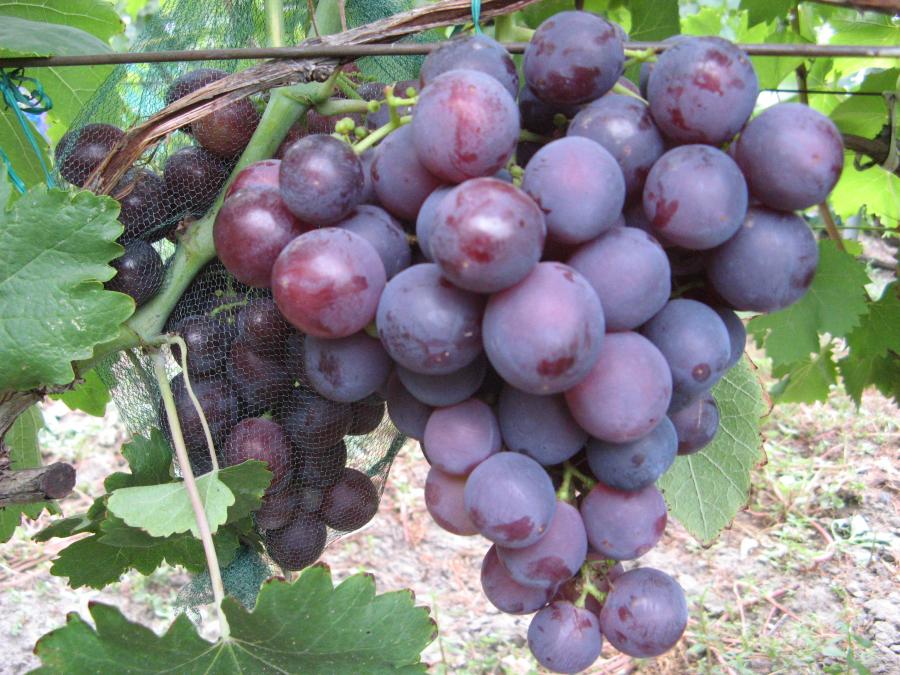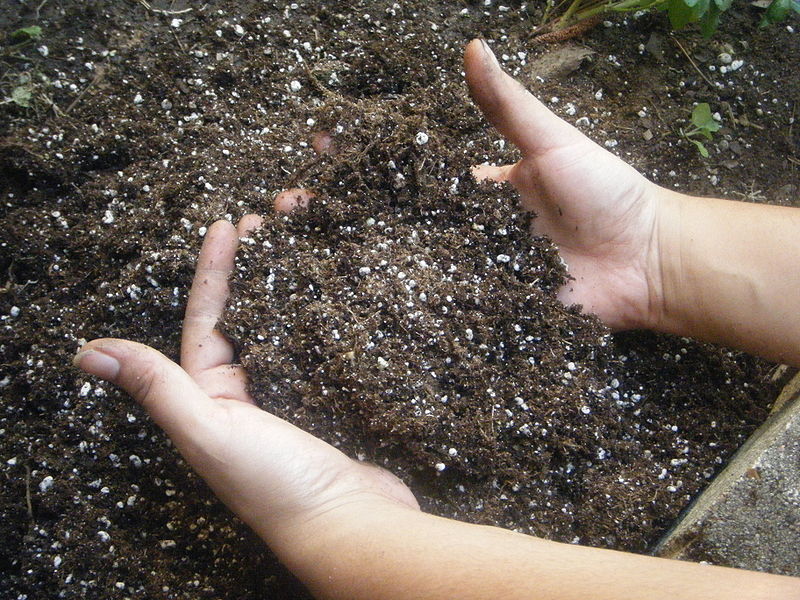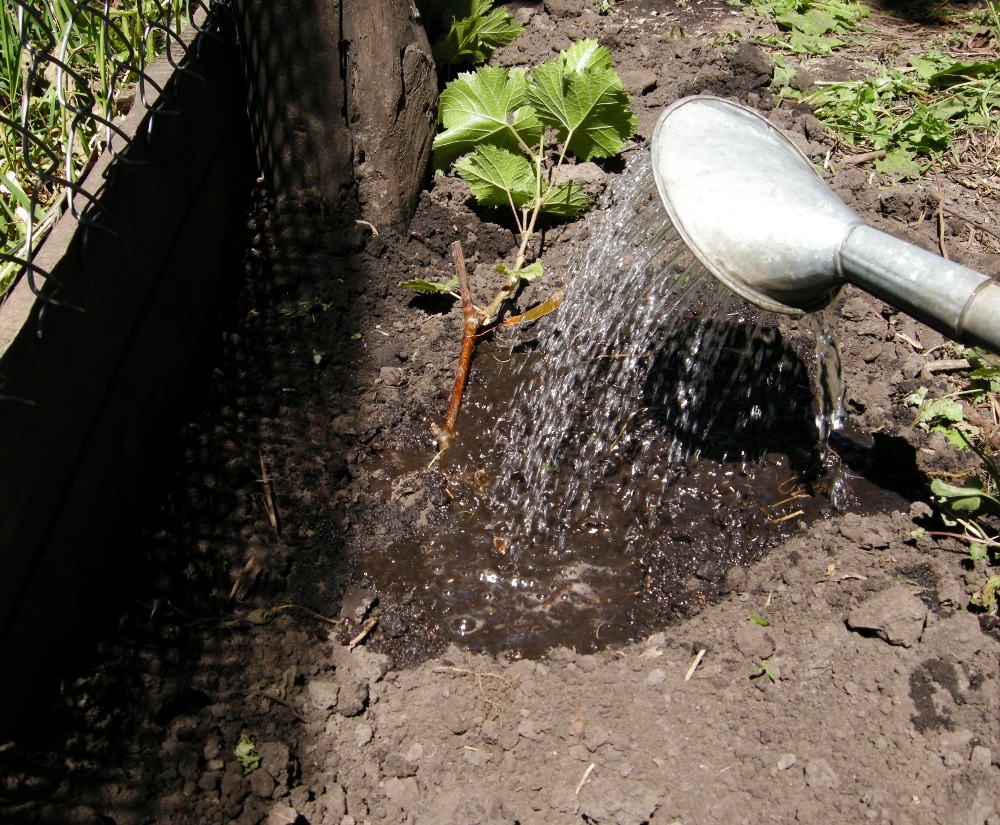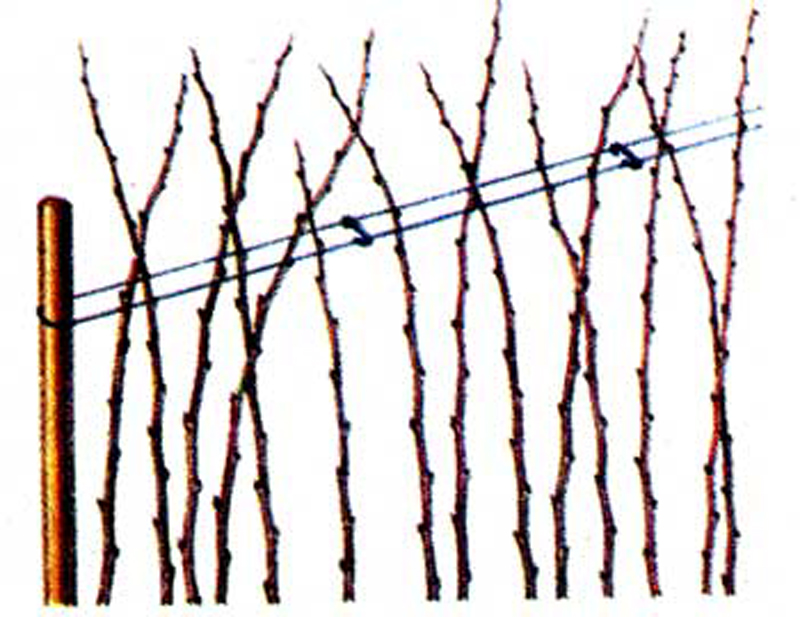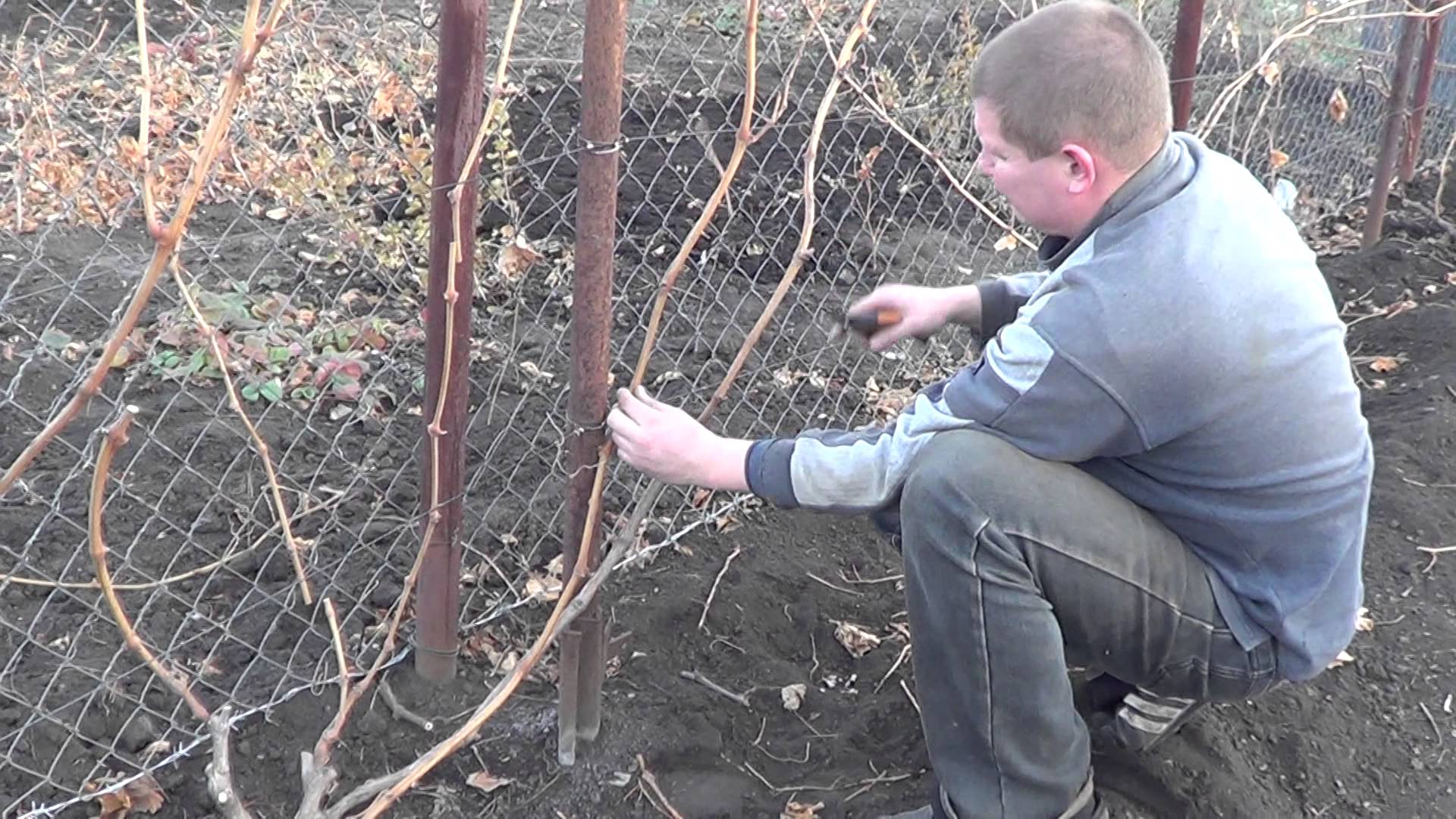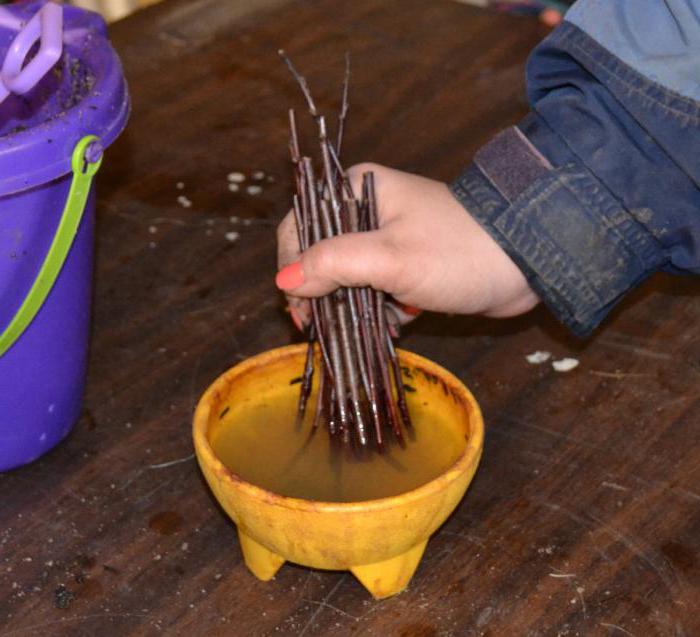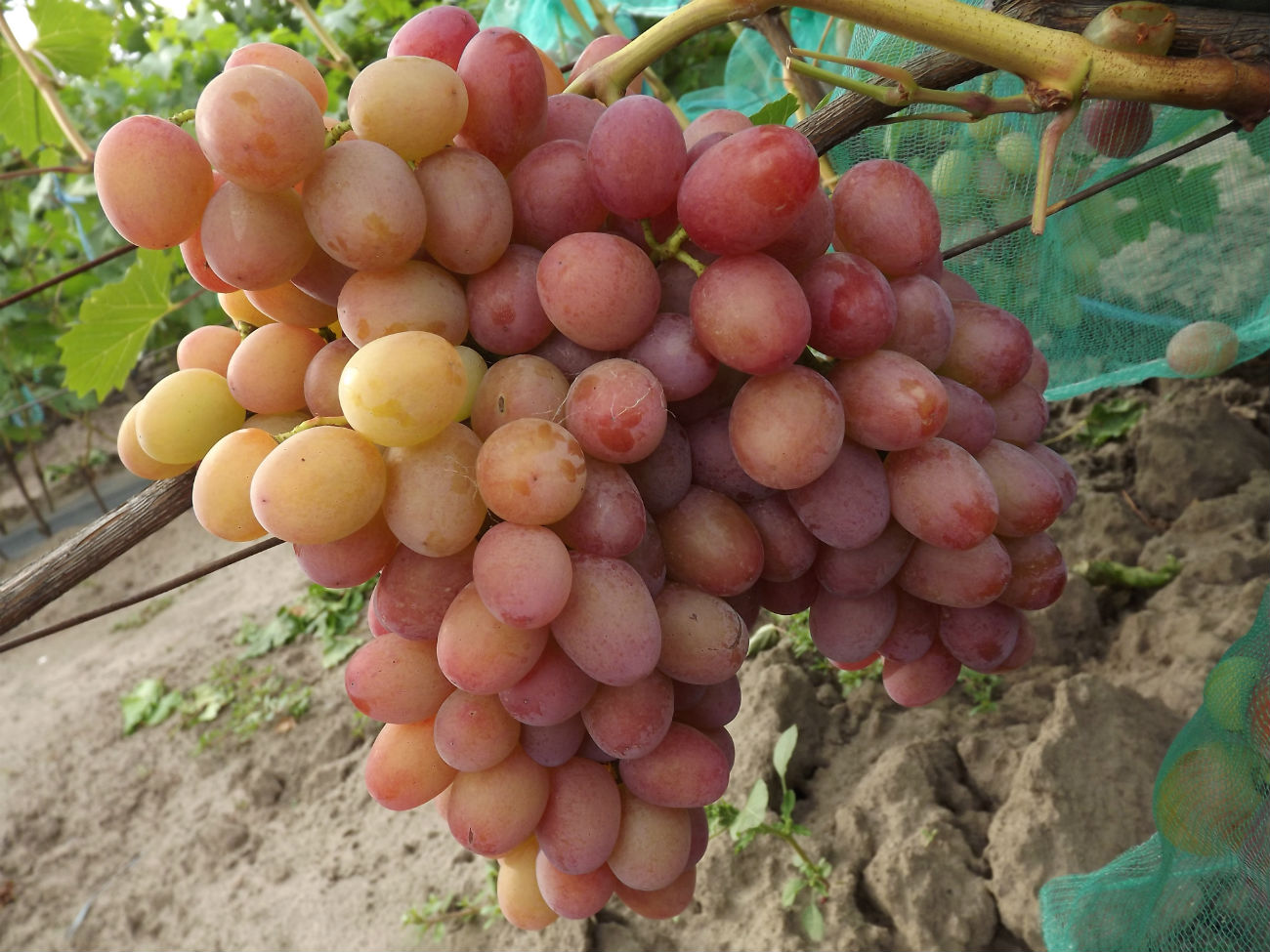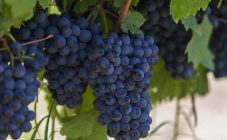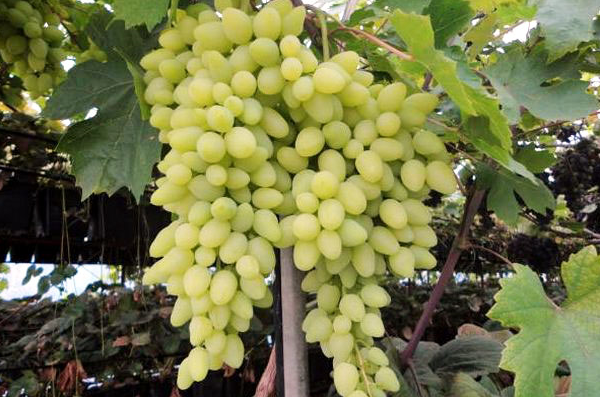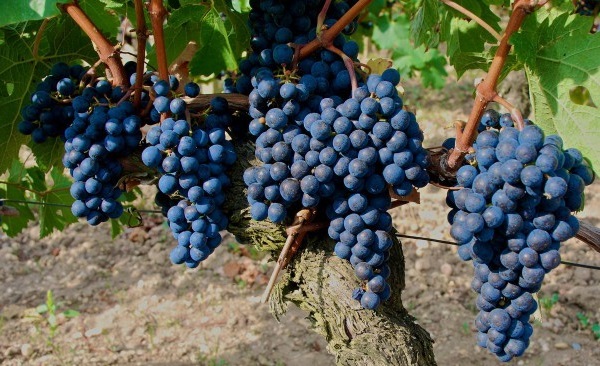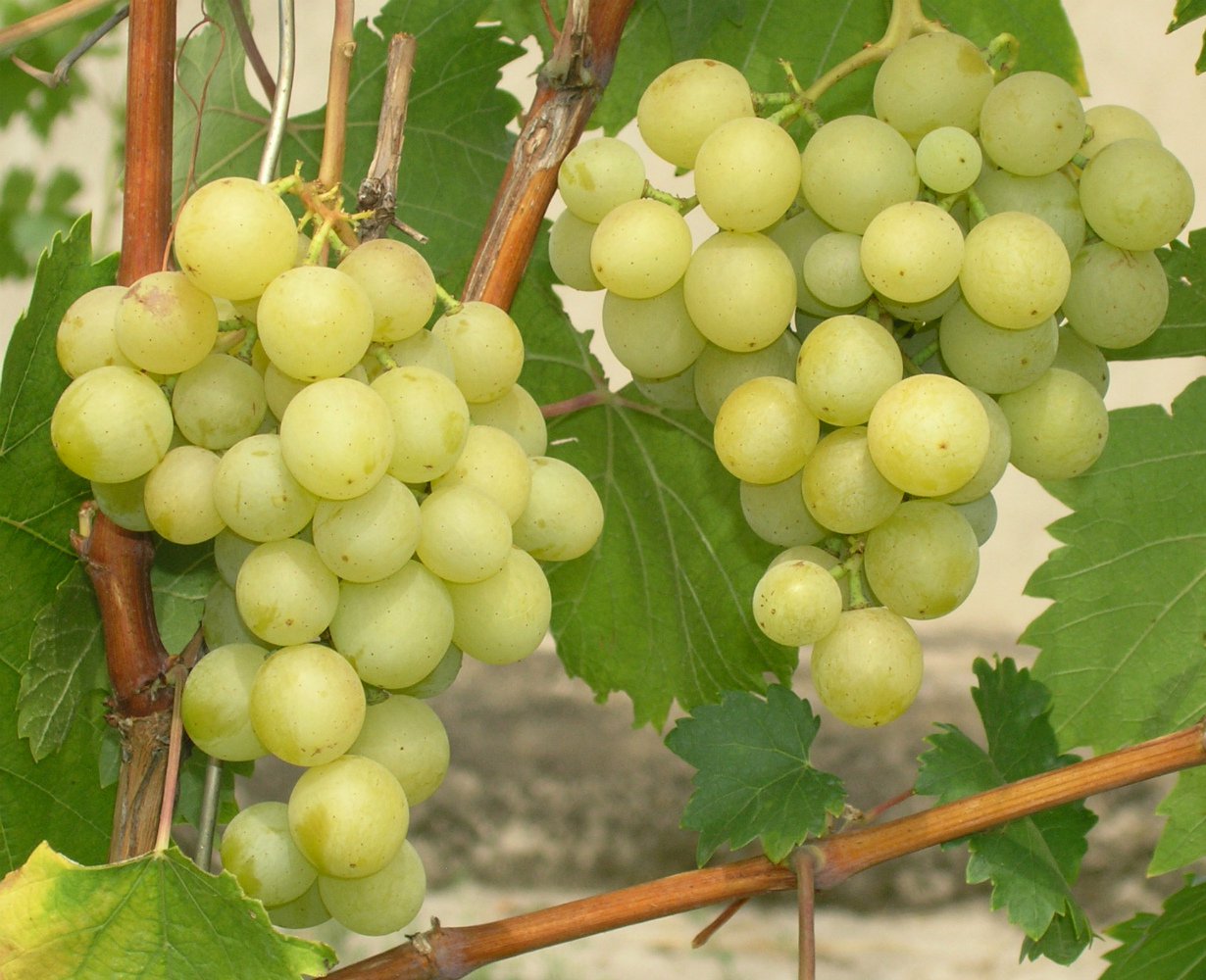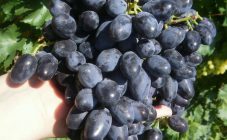Content:
There are many grape varieties in Russia, one of the most famous is Rochefort. This variety has excellent taste, it takes root well in various climatic conditions.
Briefly about grapes
Rochefort was first bred by an amateur breeder E.G. Pavlovsky in 2002. It is a relatively new species. The ancestors of this variety were Talisman and Cardinal. A complex crossing was carried out: the nutmeg was pollinated with the pollen of another species of grapes. This variety is the reference. It has high performance. Marketability is 100 percent.
Rochefort was added to the State Register of Plants in 2014. The variety is zoned in all regions of Russia, including the Moscow region and other cold regions.
Rochefort grapes: variety description
The main characteristics of the culture:
- It is considered a dining room, early ripening (growing season up to 120 days).
- Flowering begins in early summer.
- Average yield - up to 6 kg of grapes. But under favorable conditions, you can collect up to 10 kg.
- Fruits are large, rich dark color.
- The brushes are dense, forming a regular shape.
- Resistant to common grape diseases.
- It is distinguished by its high commercial qualities in appearance.
- It is considered vigorous.
- The weight of the brush is about a kilogram.
- The fruits are oval.
- Berries up to 3 cm in size and up to 13 g.
- Resistant to frost up to minus 21 degrees. But it does not tolerate the wind, it is necessary to wrap it up for the winter.
- The length of the vine is about one and a half meters. The fruits ripen along its entire length. Even if the bunches hang on the vine for a long time, they do not lose their taste and marketability.
- The sugar content of the berries reaches 18 percent, and the acidity is 7%.
- The fruit has a pleasant nutmeg flavor.
- The skin is crispy and firm, the pulp is fleshy and juicy.
- The variety is self-pollinated.
- The size of the leaves is average, the shape is standard, the color is bright green.
- If the leaves and roots of grapes are damaged by phylloxera, it will be difficult to get rid of it in the future. The variety is resistant to mildew and powdery mildew.
- The load of the bush is 35 eyes.
- The variety is thermophilic.
Rochefort is often used in viticulture because of its unpretentiousness and ease of care.
Features of agricultural technology
Choosing a landing site
The variety is considered thermophilic. The landing site is selected sunny, with a minimum amount of shade, windless and protected by buildings. Otherwise, the grapes will bear fruit and grow poorly. The most favorable place for planting is the south side of the house, sheltered from the winds (you can also place it in the southwest).
You also need to take into account the distance between the bushes to exclude the darkening of each other's seedlings. Approximately 2 - 4 meters retreat. There will be plenty of room for grapes to weave and get nutrients.
The soil should be sufficiently fertile and light, which does not retain moisture for long. According to the level of passage of groundwater, a place is chosen where they are located at a depth of 2 - 2.5 meters.
Landing dates
The planting period of grapes depends on several factors. Firstly, from the planting method, and secondly, from the season.
In spring, grapes are transferred to the ground at the first onset of heat. During adaptation, the seedlings are wrapped.You can also graft grapes to rootstocks. All plantings can be carried out until mid-April.
In autumn, planting is carried out in mid-October. At this time, material is being prepared. There is a risk of frostbite of seedlings. But with the right cover, all these troubles are excluded.
Propagation of grapes
Plants are planted on their own roots, or varietal cuttings are grafted onto the stock. A large stock is left for wood.
In the first case, due to immunity to phylloxera, the plant may die. Therefore, the second method is chosen. Rochefort is planted on grape varieties that are more resistant to these parasites.
Features of grafting the cuttings to the stock:
- Basically, blanks are made in the fall. It is not necessary to take very long cuttings. It is enough to take a blank with 2 - 3 eyes.
- The lower part, cut off on both sides, is dipped in water for rooting.
- For winter storage and low moisture loss, treated with paraffin.
- To prepare the stock, remove the old bush.
- Make an even cut with a stump about ten centimeters in height.
- The cut is cleaned.
- A split is made in the rootstock, into which the cuttings are placed.
- Tighten with a cloth or rope, cover with wet clay. Next, they land.
You can also purchase ready-made seedlings with grafting in the nursery.
Landing rules
To obtain large yields, it is necessary to take into account all the nuances when growing grapes:
- choose suitable soils for planting: clay, loamy, sandy, sandy loam, black soil;
- plant in sunny areas (southern, south-western side of the house);
- avoid drafts;
- when planting grapes in autumn, seedlings need to be sheltered from the cold;
- plants with buds prepared in the fall are moved to the ground with the onset of constant warm weather.
When landing:
- A couple of weeks before the transfer of crops to the ground, dig a hole 80 cm in size. Fertile soil and two buckets of fertilizer are poured into the bottom of the hole. Cover with a layer of soil again.
- The seedling is carefully placed in the hole and buried.
- They put a support.
- Water the seedlings with warm water.
With this method, the grapes quickly take root and grow.
Top dressing for grapes
For a rich harvest, the grapes should be fertilized. The plant requires organic, potassium-phosphorus, nitrogen fertilization. It is used throughout the entire growth period of the grapes.
Mineral fertilizers are applied both in dry and diluted form under the bush. For growth in spring and early summer, nitrogen-containing fertilizing is applied. For fruiting, fertilize with potash and phosphorus agents. Compost and mullein are added every three years.
Watering and mulching
During flowering and growing seasons, grapes require abundant moisture. A hole is made 25 by 30 centimeters and the plant is watered within it.
Water after planting every week. After a month, the soil is moistened every 14 days. Water more frequently during drought. In August, they try to add less water, because the ripening process of berries is more intense.
More often it is necessary to water during budding, at the end of flowering and during the period of active fruit formation. When the buds are blooming, it is necessary not to moisturize the plants, because shedding of inflorescences may occur.
Also used when growing grapes - mulching. It promotes long-term moisture retention and less weed growth. For this, straw and sawdust are used. Mulching is more suitable for southern areas.
Tying
In the spring, the vine needs to be raised. Tied up grapes for:
- limiting the growth of the vine;
- ventilation;
- sunlight;
- neat look;
- facilitating care;
- pollination.
Garters are dry and green. The first is done before bud break.The second is in late spring and summer.
The dry garter is done by attaching the grapes horizontally at a slight angle. In the second method, the plants are tied to a support at a right angle. Suitable for crops with high stems or long loops. Garters are made at least 4 times per vine growth.
Grapes are also attached to trellises - simple supports consisting of pillars and transverse beams.
Pruning
To stimulate the formation and growth of fruits, the number of eyes is reduced once a year, this is done in autumn and spring. Up to 35 eyes are left on the bush.
In the autumn, pruning is done before cooling, followed by wrapping the plant. After winter, dead shoots are cut off, with the onset of a temperature of +5 degrees. Before the start of sap flow.
Prevention of pests and diseases
Rochefort grapes are characterized by an average resistance to diseases. Most often, the plant is susceptible to powdery mildew infection. It penetrates the leaves and feeds on the juice of grape cells.
Powdery mildew quickly attacks the plant, so you need to quickly take measures to combat it. In high humidity, the disease spreads quickly. When powdery mildew attacks the plant during fruiting, the berries crack and rot.
Sulfur is used to fight the disease. Spray in the morning or evening, every 20 days. For prevention, treatment is done annually three times per season.
The solution is prepared as follows: 100 g of sulfur are diluted in a bucket of water. For prevention, use 30 grams of the substance.
For the prevention of diseases, fungicides are used:
- Bordeaux liquid;
- iron and copper sulfate;
- Ridomil;
- Vectra.
Chemicals must be diluted in accordance with the instructions.
Phylloxera, small insects that destroy roots, leaves, and shoots, have a detrimental effect on Rochefort. They can be up to a millimeter in size.
You can determine the infection by the tubercles and growths on the roots and parts of the plant. It is no longer possible to cure it and you have to destroy it. No grapes have been planted on this site for 10 years.
Before planting grapes, it is imperative to take preventive measures. The seedlings are soaked in Regent's solution for 4 hours.
Also, parsley is placed between the rows of the vineyard, it repels pests.
When the third leaf appears on the shoots, the seedlings are sprayed with fungicides (Aktara, On the spot, Confidor, etc.).
Advantages and disadvantages of Rochefort grapes
This variety has positive and negative sides.
Advantages of Rochefort grapes:
- disease resistance;
- ease of reproduction;
- easy rooting of cuttings;
- high marketability;
- grapes are considered standard;
- resistant to diseases like mildew and oidium;
- early variety;
- self-pollinated;
- not afraid of low temperatures;
- not whimsical, so it can be grown even by an inexperienced winegrower.
Disadvantages:
- slight tendency to pea;
- berries turn blue before ripening;
- susceptible to phylloxera;
- afraid of cold pass-through places.
The Rochefort grape variety is very popular among gardeners due to its many advantages, as well as its ease of cultivation and excellent harvest.
